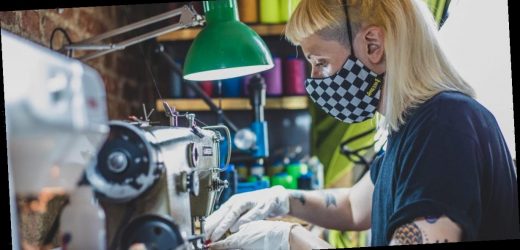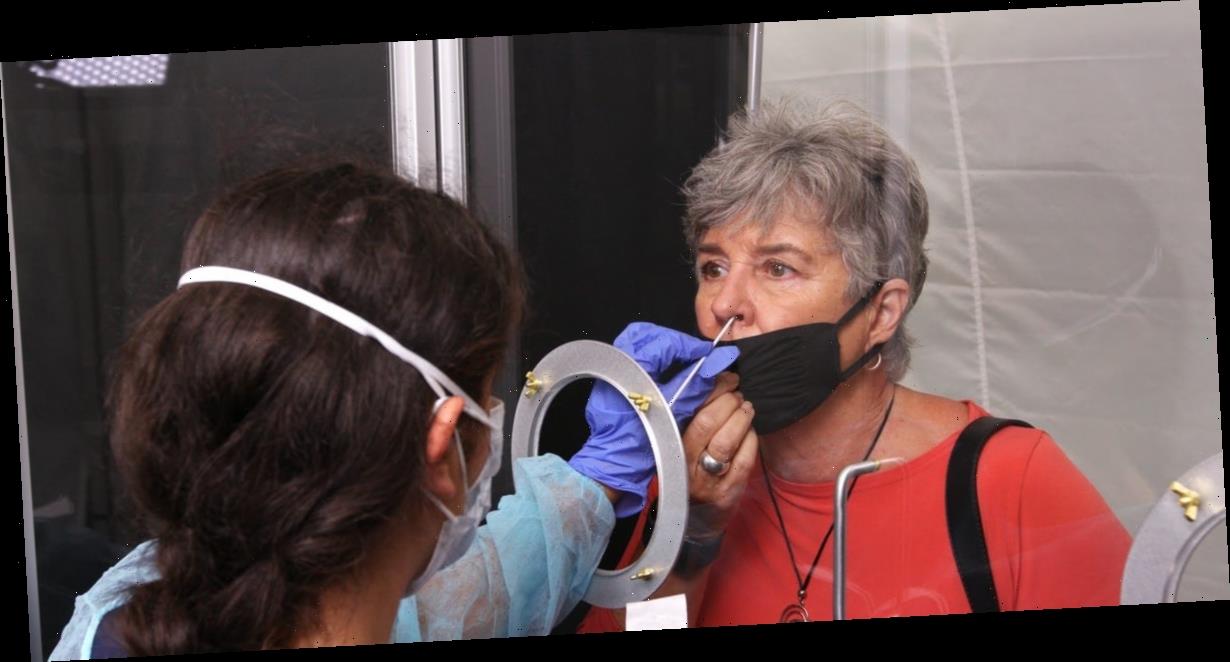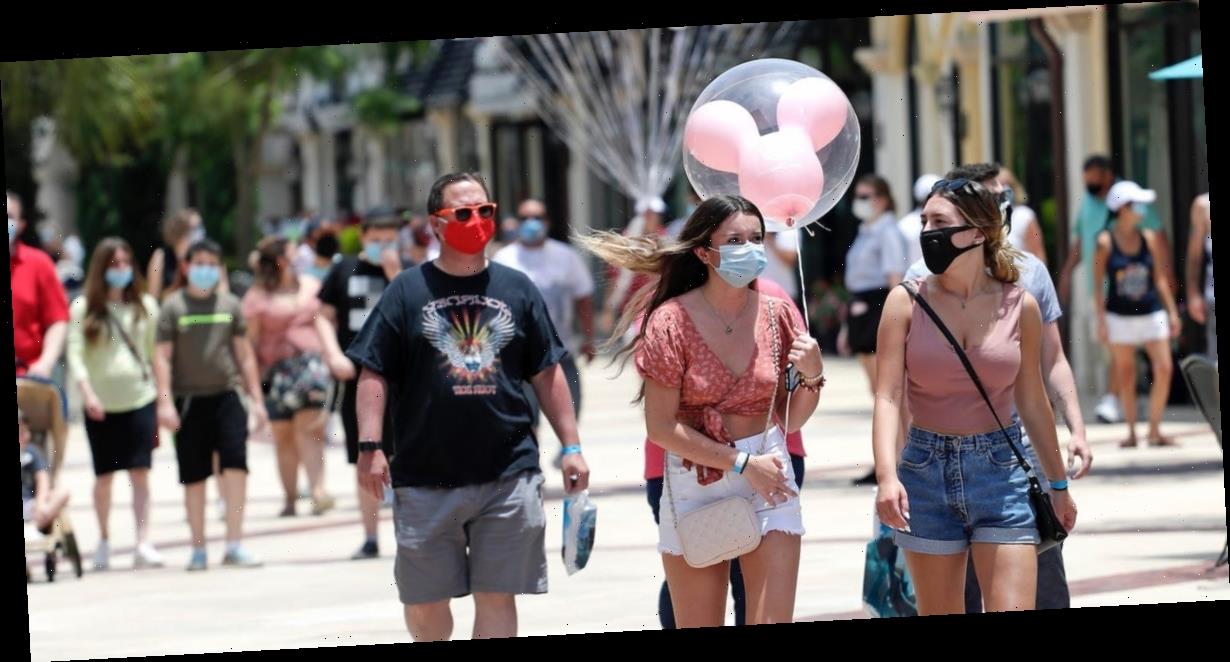- We’ve been wearing masks for almost a year, and we’re still not getting it right.
- Designing better masks, and creating standards and labels for them could help.
- So would imposing fines, as South Korea has done.
- This article is one in a four-part series on the simple ways to fix the America’s biggest COVID-19 mistakes. Click here to read more.
- See more stories on Insider’s business page.
Over the course of the past year, we’ve gone through at least four major cultural shifts when it comes to wearing masks to prevent the spread of COVID-19:
First, we heard: don’t wear a mask! Save them for frontline healthcare workers tending to sick patients.
Then: OK, wear a mask, but make it yourself.
Next: pretty, pretty please wear a mask because they really work quite well. Healthcare workers, try to get your hands on an N95 if you can.
And now: wear a mask (or two!) that’s most comfortable for you, and make sure it filters and fits your face best.
It’s been a painful learning curve, but we’ve discovered during this pandemic that when dealing with a virus that often spreads without symptoms, one for which people are generally most contagious before they know they’re sick, masks can help us keep our germs to ourselves in ways that are life-saving and yet simple.
The truth is that masks are going to be with us for many months to come, especially in public spaces, indoors. Yet, we are still largely left in the dark about how to put on a good one when we leave the house. There’s no way to fit test your mask, no one (really) enforcing mask wearing in public, and no clear guidance about the best masks for different purposes.
Researchers and health policy experts agree there are 3 simple ways to make our masked life better
1. Copy NASA’s playbook
NASA often has to tackle tough logistical issues when planning how to get humans (and their digestive systems) into space.
Toilets, especially, have been a topline challenge for decades. When the agency’s in-house engineers come up empty handed, it crowdsources creative new solutions.
In 2020, NASA offered $20,000 to anyone who could design a toilet that could work on the moon. In 2017, the agency awarded $15,000 to a flight surgeon who found a way for astronauts to …. relieve themselves while stuck inside their spacesuits.
Why couldn’t the Centers for Disease Control and Prevention engage in the same kind of crowdsourced, challenge-based hack-a-thon for masks?
“There’s a mask that’s waiting to be invented,” Dr. John Brooks, the CDC’s chief medical officer for COVID-19 response, recently told Insider. “A mask that is easy and comfortable to wear, that filters beautifully, that is simple to take care of, and that’s attractive.”
So where’s the prize money for that?
2. Make good, clear, evidence-based mask rules — and make it expensive to break them
You don’t need the same kind of viral protection in a crowded supermarket that you would going for a run in a quiet neighborhood.
Virus expert and University of Maryland professor Don Milton knows this well: he wears a simple surgical mask if he strolls out for a walk.
“But, when I go to the grocery store, I put my N95 on,” he told Insider.
In South Korea, it’s expensive not to be properly masked in public, but only when it matters most. Masks are mandatory on public transportation, in buffet lines, and at the gym.
Scarves, valved masks and chin-masking won’t cut it, the Korea Disease Control and Prevention Agency says, suggesting that people stick to wearing the country’s Ministry of Food and Drug Safety-approved models (but still allowing any “cloth masks or disposable masks that completely cover both mouth and nose” to do the job.) Violators can be fined around $85.
3. Give people better quality masks
Early on in the pandemic, University of Wisconsin mechanical engineering professor David Rothamer turned his home into a high-quality mask factory, enlisting his partner as its chief seamstress.
“I just wear the masks that my wife makes,” he recently told Insider. “It’s kind of everyone for themselves.”
If he has to run a quick errand to the hardware store, he pops on a mask she’s made that has been lab-tested for performance against tiny viral particles. He says it’s “just three layers of spun-bonded polypropylene” that have been sewn together, using a pattern.
But, he doesn’t think everyone should have to create this kind of sophisticated, homegrown mask-making operation.
“The somewhat frustrating thing is I think there was an opportunity to say, ‘okay, we can use scientists to design this, use experts, design something that’s cheap to produce, do it at high quantities, and get these things out there,'” he said. “But instead you have basically an unregulated bunch of products, nobody really knows how they perform, unless you’re someone like me who has a couple hundred thousand dollars worth of equipment to test it.”
The government could create better mask standards (as South Korea has), regulate, and impose labeling protocols that would keep us safe, all while demonstrating that different masks come with different levels of performance. Then, it could make hundreds of millions of good quality masks available to people across the US.
Get the latest coronavirus business & economic impact analysis from Business Insider Intelligence on how COVID-19 is affecting industries.
Source: Read Full Article


